|
|
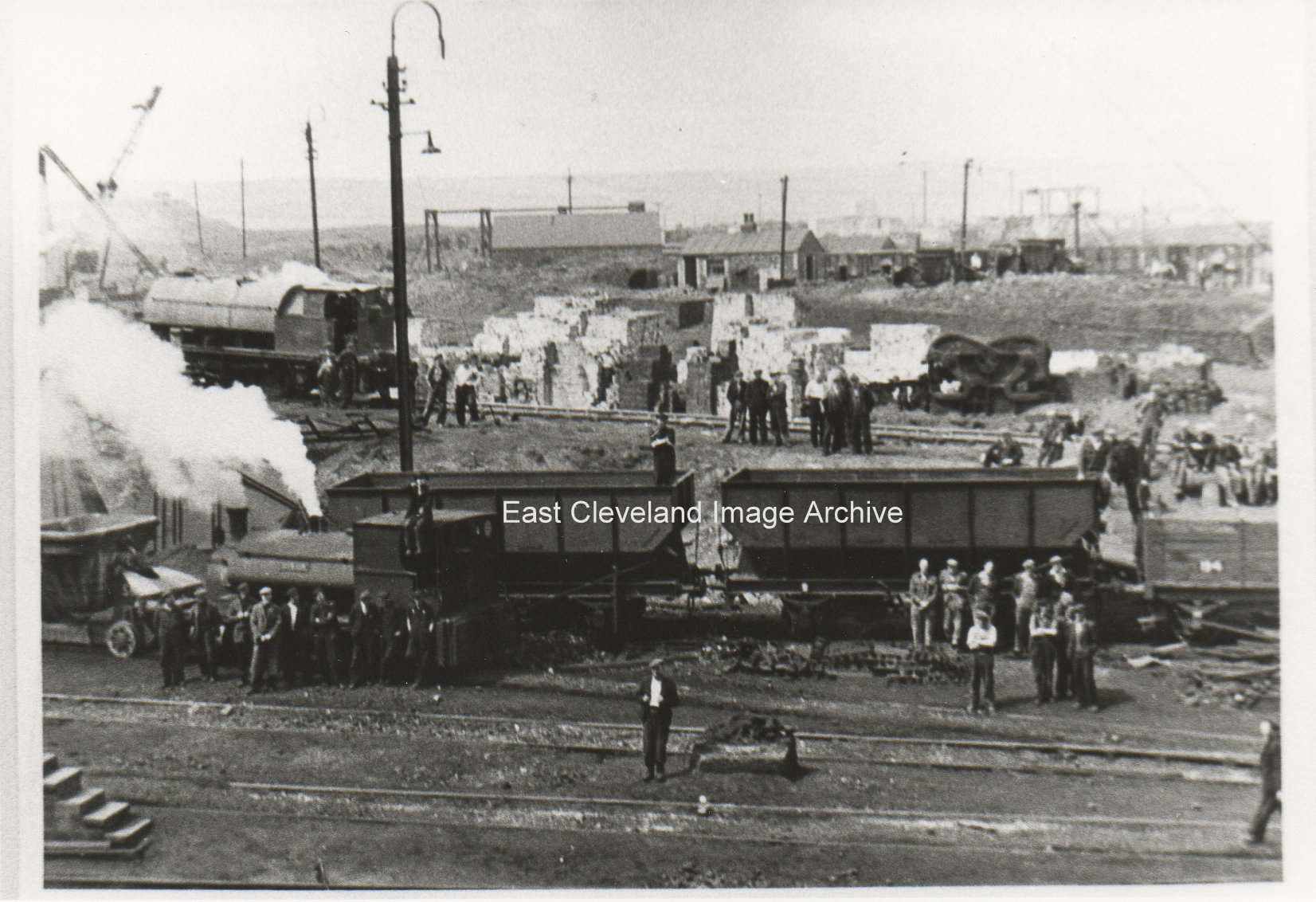
This must have ben a pretty important day, judging by the number of people standing around and the obviously posed nature of the image. Eric Johnson tells us: ”That it was possibly the blowing in of the new no. 5 Blast Furnace in 1950.
Image courtesy of the Pem Holliday Collection, also thanks to Eric Johnson for the update.
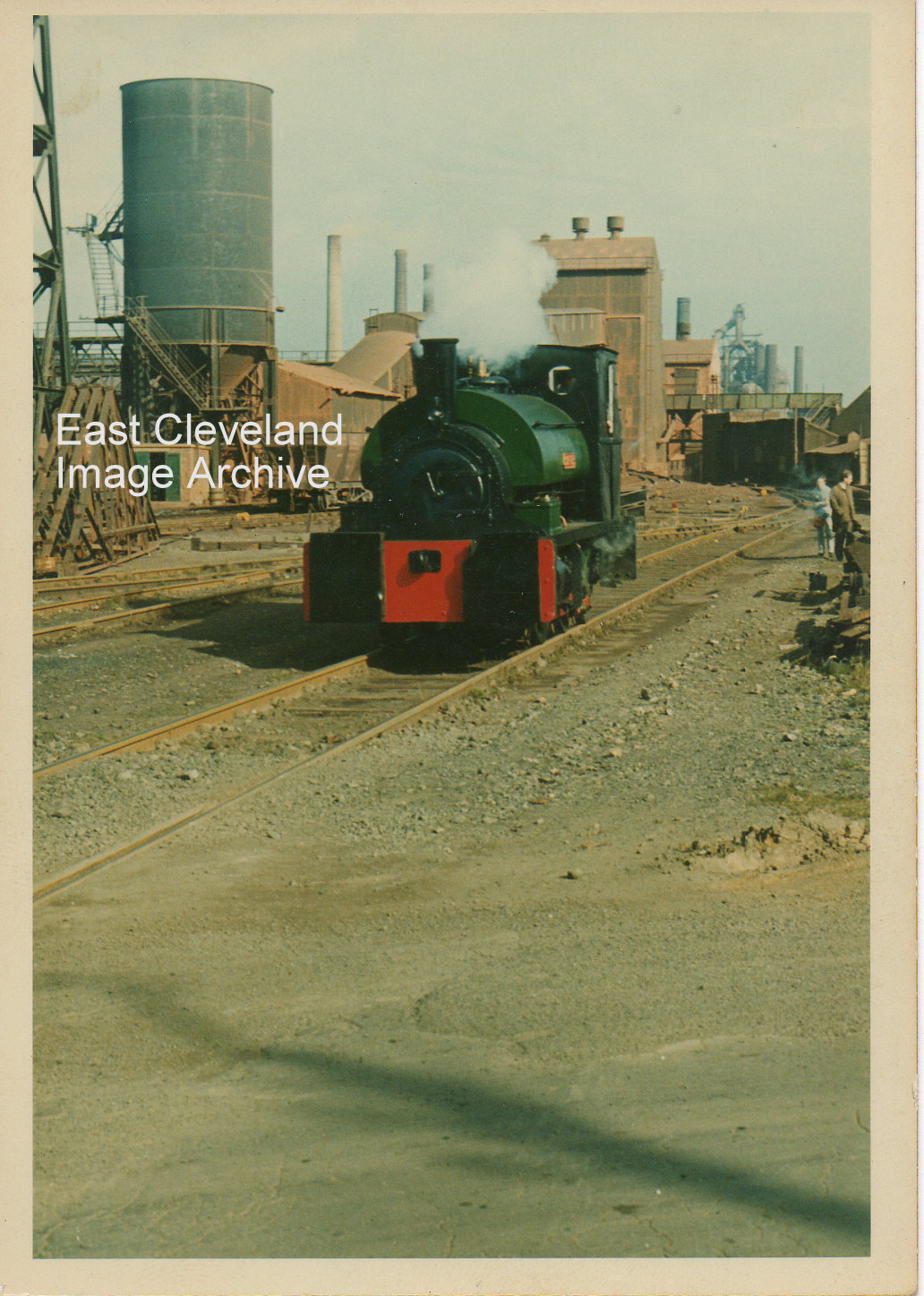
Minnie, obviously refurbished and resplendent in a new coat of paint, in steam, prior to disposal. Minnie left in 1968 for the Kent and East Sussex railway but has since moved to the Mangapps Railway Museum in Essex.
Image courtesy of the Pem Holliday Collection and thanks to Mark Thompson for the update.
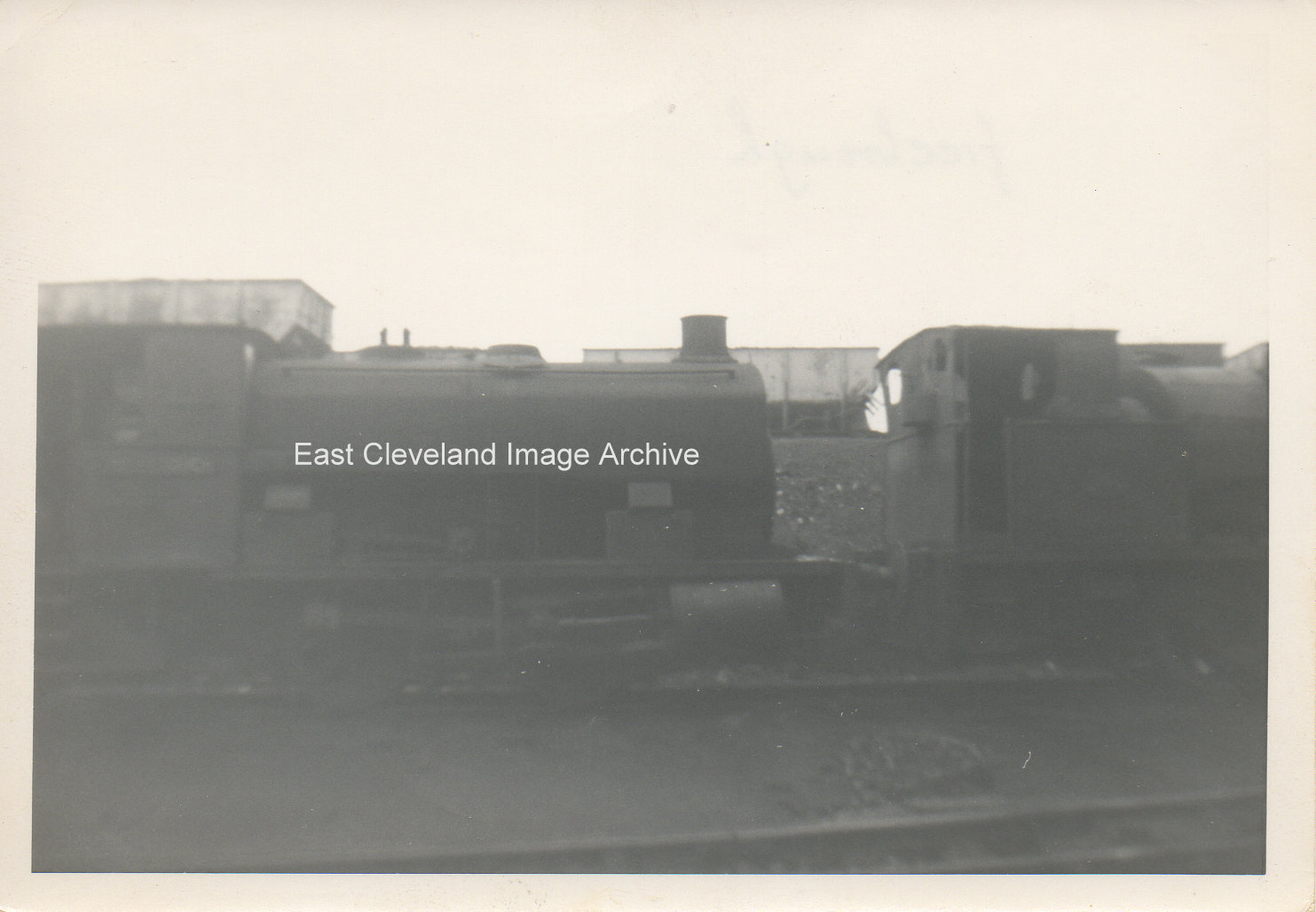
An image of 0-4-0 saddle tank engine “Freebrough”, built by Andrew Barclay of Kilmarnock in 1963. The engine was awaiting disposal at the end of its working life. The Sentinel diesels arrived in 1963.
Image and information courtesy of Eric Johnson.
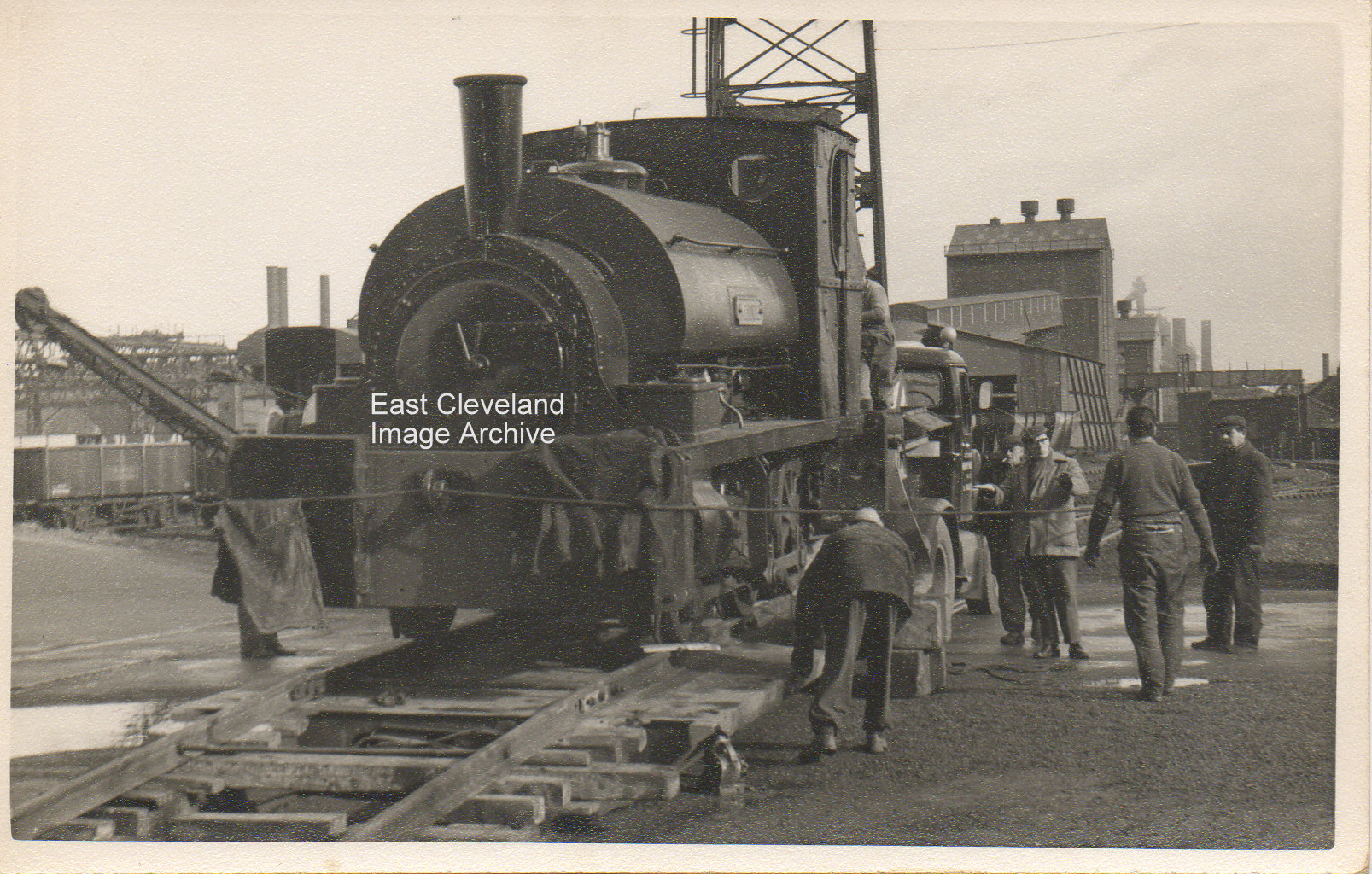
Skinningrove riggers loading Minnie onto an articulated lorry, for transport by road to the Kent & East Sussex Railway in 1968; where she now resides in Mangapps Railway Museum at Burnham on Crouch. Minnie was originally built in 1878; a 0-6-0ST steam locomotive and is one of only 3 Fox Walker locomotives in Britain.
Image courtesy of the Pem Holliday Collection and thanks to Chris for the update.
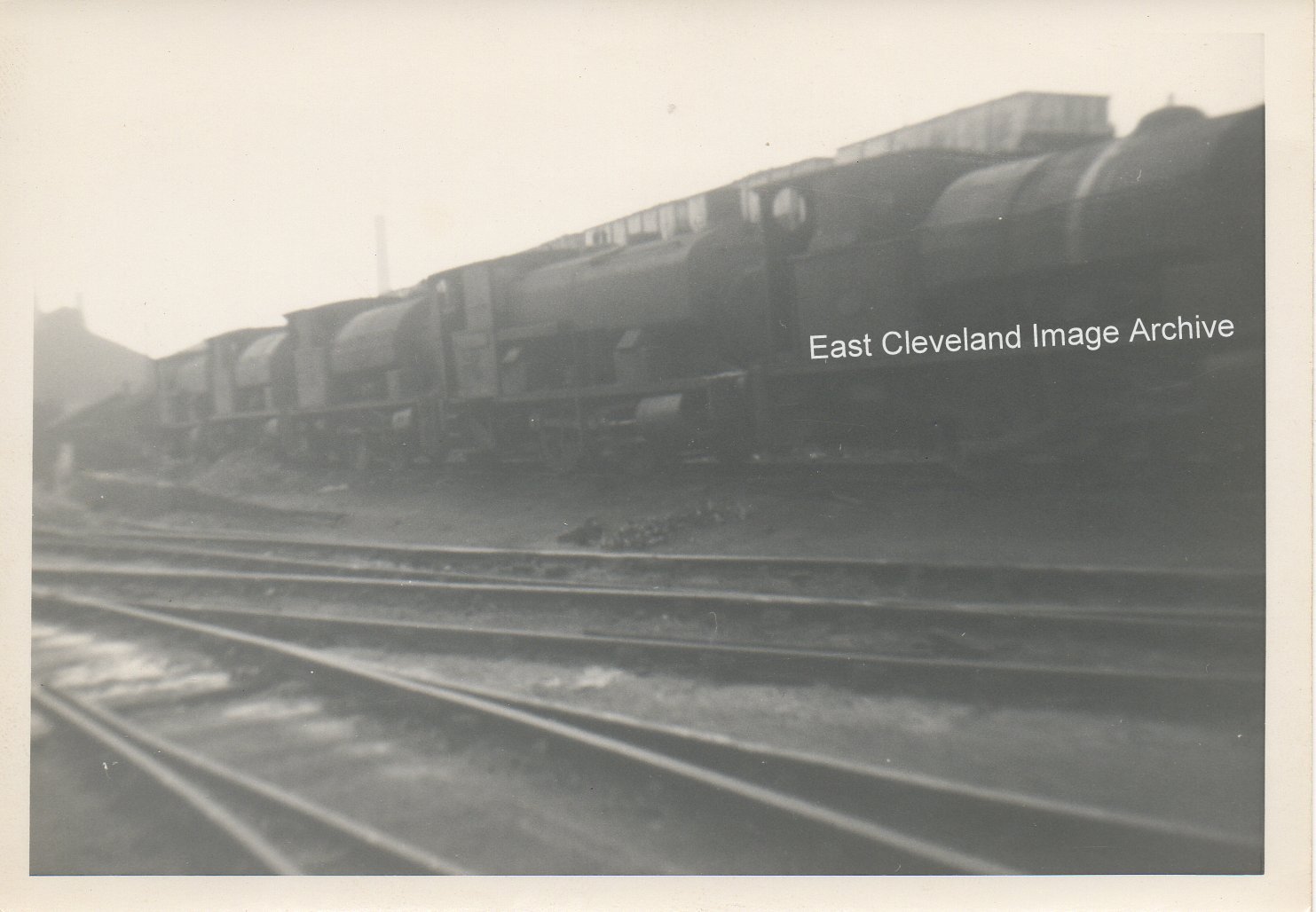
It is believed that this photograph (and several others in previous posts) must have been taken after Skinningrove took delivery of the Sentinel diesels; we believe these locomotives are awaiting disposal, they are certainly all cold!
Image courtesy of the Pem Holliday Collection.
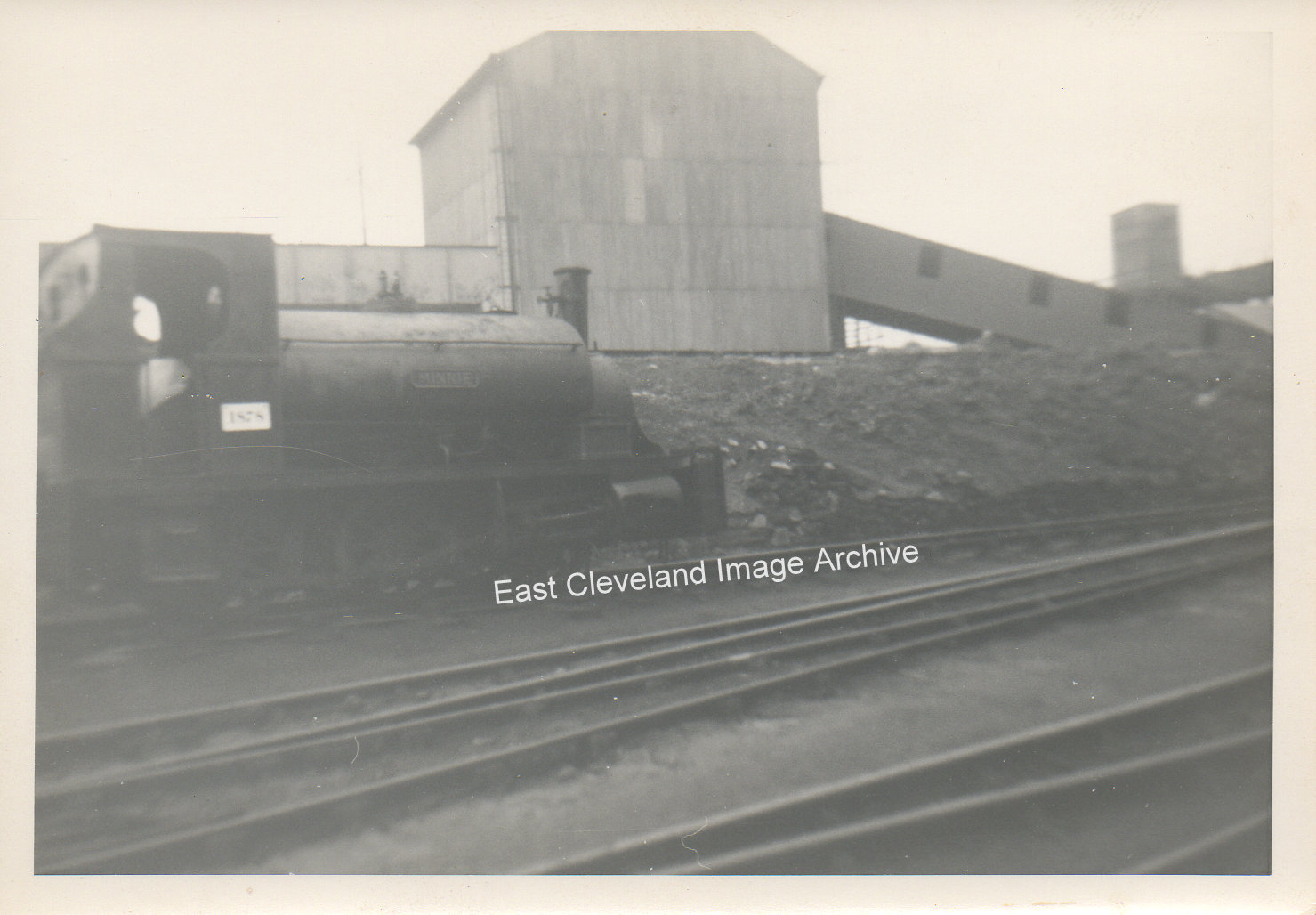
A similar shot as the previous post, about 20 feet further along the track and squarer on. I’m inclined to believe that the structure in the background was the conveyor to the Sinter Plant from the top end of the site. The building in the background, housed the ore crusher, with conveyor belts from tippler in and belt out to No. 5 furnace.
Image courtesy of the Pem Holliday Collection and thanks to Eric Johnson for updating information.
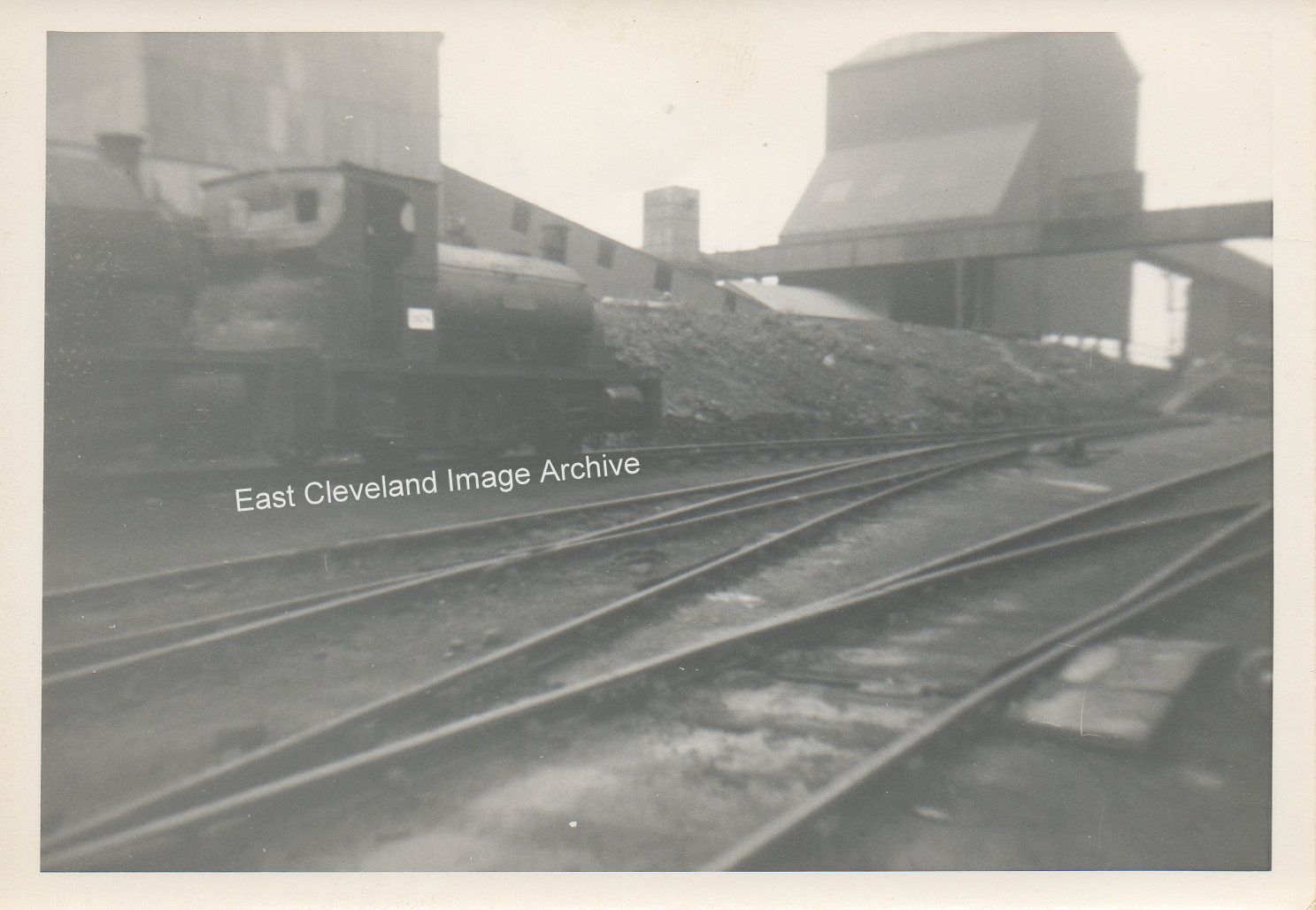
A rather poor photograph of Minnie; the image was shot in poor light, possibly approaching dusk. The building on the left housed the ore crusher, with conveyor belts from tippler in and belt out to No. 5 furnace, with the wagon tippler in this view in the background. Also can be seen the pedestrian gantry crossing the tracks and down to the fitting shop side.
Image courtesy of the Pem Holliday Collection and thanks to Eric Johnson for updating information.
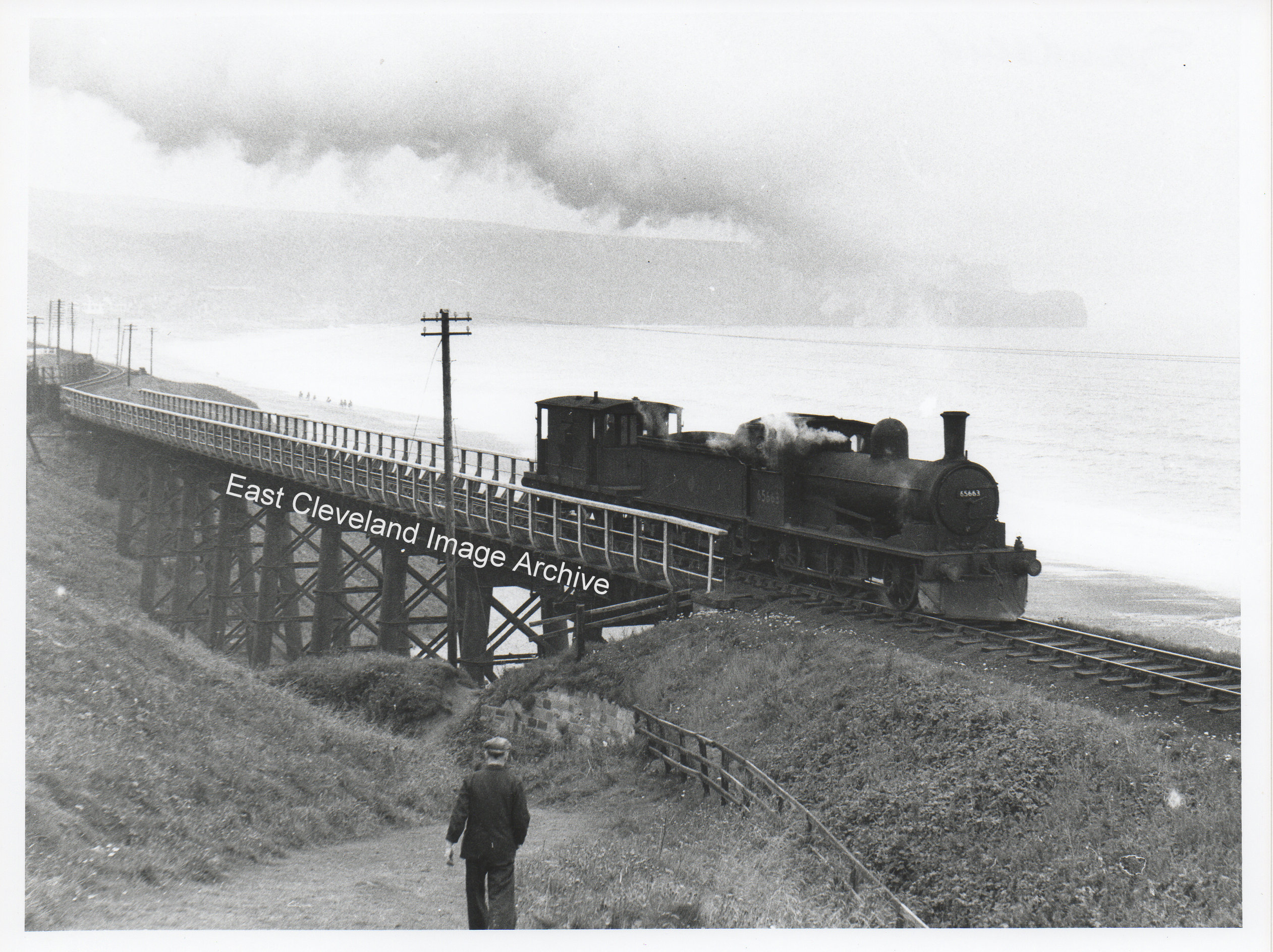
A shot of a J25 0-6-0 loco, number 65663, (based at Whitby shed) and guard’s van leaving Raithwaite Viaduct towards Whitby on the ”pick-up” goods. The locomotive is fitted with a snow-plough (known as a bufferbeam plough) . The logo on the tender looks like an early BR roundel. You only see guard’s vans on preserved railways these days, despite objections from the railmen’s union they were removed from service early in the diesel era.
Image courtesy of Maurice Grayson (from the Ken Hoole/Neville Stead Collection) and thanks to Mark for the details.
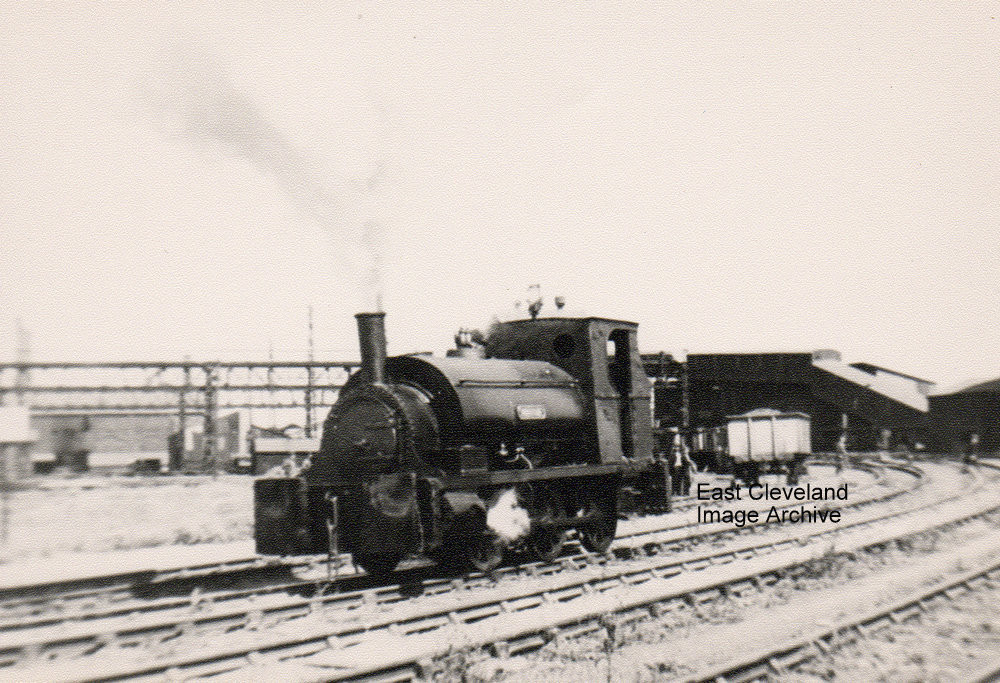
This is a photograph of Minnie, a diminutive 0-6-0 saddle-tank loco, much-loved on Skinningrove Works. In her day she was the work-horse on the site, seemingly everywhere, fussing about with a train-load of trucks. It is believed she was a quarry locomotive originally and that is where she went to end her days too after Skinningrove outgrew her.
Image courtesy of the Pem Holliday Collection.
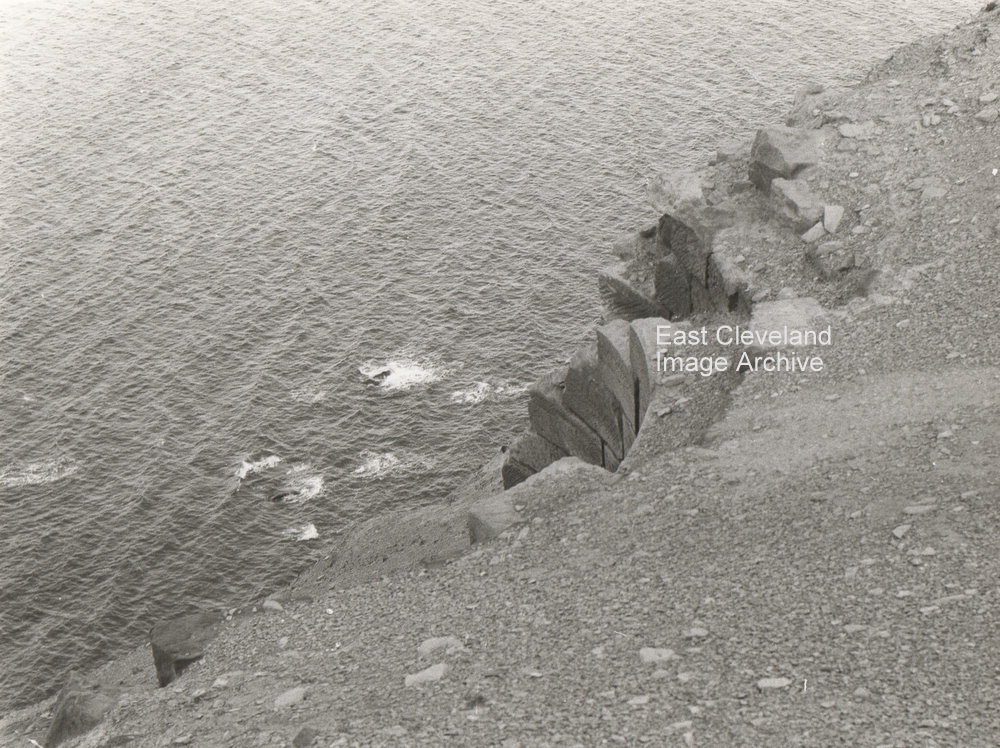
Initially just a photograph of Boulby Cliffs, but the worked stone appears man-made. Eric Johnson who took the image and explained it is part of the Alum workings which feature on an earlier post. Jill Etheridge tells us: “Most interesting to me, especially as I live outside the area. My Great, Great, Great Grandfather was the Alum Agent to Lord Dundas in the early 1800s and died in Loftus in 1816.” Peter Appleton assists with: “Jill’s great-great-great-grandfather would have been William Usher, who was Sir Thomas Dundas’ agent from December 1803 until at least 1808 and possibly later. His will was proven in the Prerogative Court at York for the sum of £800. William had been preceded by James Bathgate, who had been the Estate’s book-keeper but was temporarily promoted to agent during a brief “inter-regnum” between the death of John C Waller (buried 3rd October 1803)and the arrival in post of William Usher c.3rd December 1803.”
Image and information courtesy of Eric Johnson; thanks to Jill Etheridge and Peter Appleton for the interesting comments.
|
|










Recent Comments